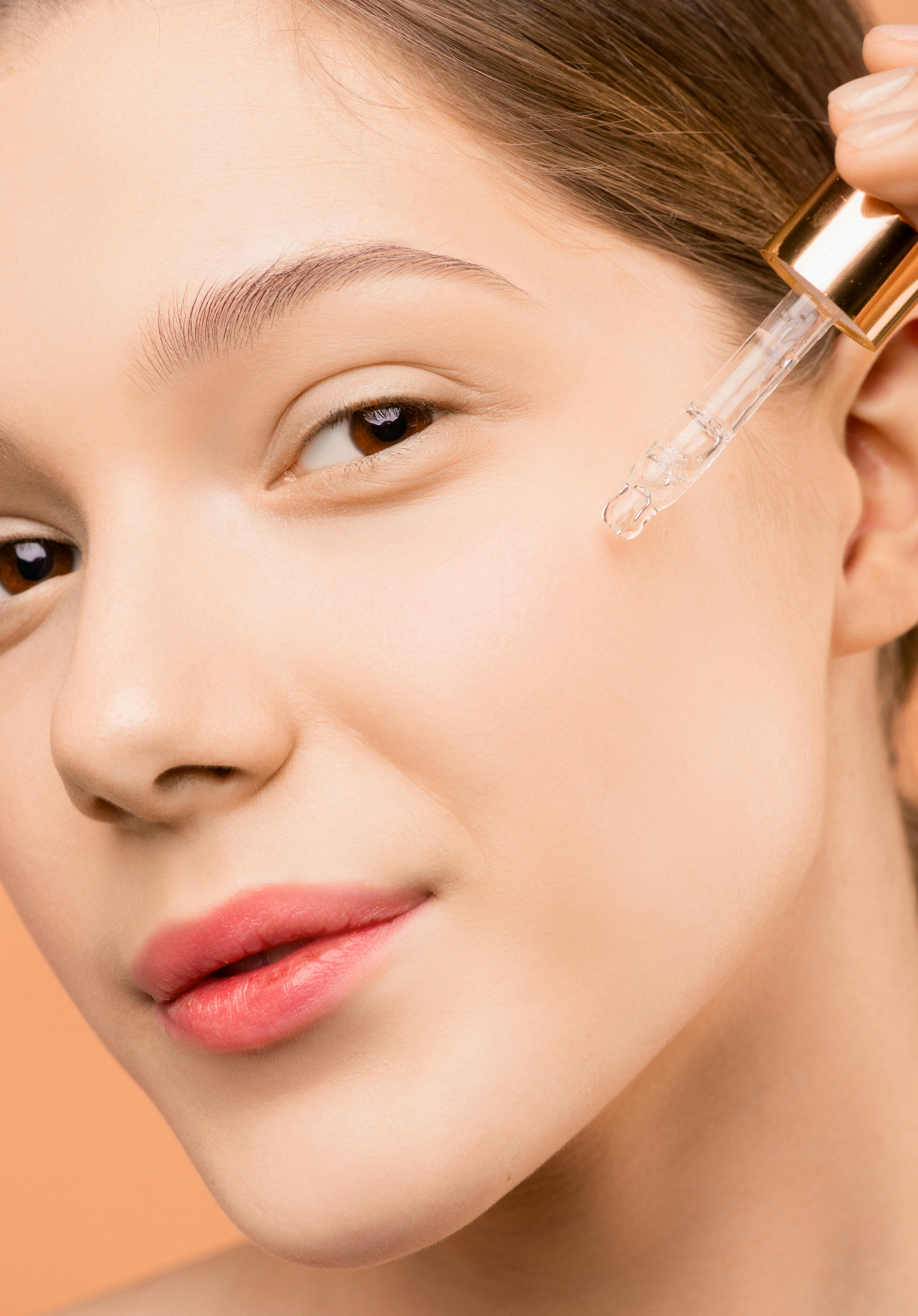Adapting care routines for seasonal moisture changes
Seasonal shifts in humidity and temperature change how skin and hair retain moisture. Adapting your routine—by assessing hydration needs, adjusting cleansing, and choosing supportive ingredients—helps maintain healthy texture, protect the barrier, and keep the scalp balanced through dry winters and humid summers.

This article is for informational purposes only and should not be considered medical advice. Please consult a qualified healthcare professional for personalized guidance and treatment.
How does seasonal moisture affect hydration and texture?
Seasonal changes alter ambient moisture, which directly influences hydration and the visible texture of skin and hair. In low-humidity months, water evaporates faster, leaving skin feeling tight and hair appearing frizzy or brittle. In high-humidity conditions, moisture can swell hair cuticles, soften styles, and make skin feel oilier. Monitoring how your skin and hair respond—note changes in smoothness, elasticity, and manageability—helps tailor product choices and frequency of treatments to maintain desirable texture without overloading or stripping natural hydration.
What happens to pH, barrier, and microbiome?
Environmental shifts can indirectly affect pH, impair the barrier, and influence the skin and scalp microbiome. Colder air and indoor heating often reduce lipids in the barrier, increasing transepidermal water loss and sensitivity; hot, humid conditions can alter surface pH and favor different microbial balances. Supporting the acid mantle with gentle, pH-balanced cleansers and barrier-supportive ingredients (ceramides, fatty acids, humectants) helps preserve microbiome diversity and reduces irritation while promoting resilience across seasons.
How to adjust cleansing and scalp care?
Cleansing frequency and method should change with seasonal moisture. In dry conditions, switch to cream or oil-based cleansers for skin and gentler, sulfate-free shampoos for hair to avoid stripping natural oils. In humid months, lightweight gels or foaming cleansers and clarifying shampoos can help manage excess sebum and buildup. For the scalp, balance is key: avoid overwashing which can provoke oil rebound, and use targeted treatments for flaking or congestion rather than aggressive daily scrubs. Scalp exfoliation and hydration treatments can be scheduled based on observed moisture and texture changes.
How to tailor layering and ingredients by porosity?
Layering products effectively depends on hair and skin porosity. Low-porosity hair and skin benefit from lighter formulations that sit on the surface, while high-porosity tissues absorb heavier oils and butters. Start with hydration (water-based serums or sprays), follow with humectants like glycerin or hyaluronic acid, then seal with emollients and occlusives. For hair, use lighter leave-ins in humid months and richer oils or butters in dry months—matching ingredient molecular weight to porosity ensures better penetration and avoids buildup.
Managing sensitivity and varying skin/hair texture
Seasonal switches can expose or exacerbate sensitivity. If you notice redness, itching, or increased flaking, simplify your routine: reduce active ingredient frequency (acids, retinoids), prioritize calming agents (niacinamide, panthenol, oat extracts), and avoid fragranced or alcohol-heavy products. For hair, choose gentle detangling methods and protective styles that reduce friction and breakage when texture becomes fragile. Patch testing new seasonal introductions helps identify irritants before widespread use, particularly for reactive skin or scalps.
Sustainability and routine for lasting moisture
Adapting routines seasonally also offers opportunities for sustainability: choose multi-use products, recyclable packaging, and concentrated formulations to reduce waste. Rotate products intentionally rather than discarding seasonal items; store usable products properly to extend life. Sustainable ingredient sourcing and transparency matter—look for brands that disclose formulation practices and minimize unnecessary preservatives while maintaining safety. Thoughtful product selection and minimal, effective layering reduce both environmental impact and product overload.
Conclusion
Seasonal moisture changes are a regular influence on hydration, pH balance, barrier function, microbiome composition, porosity-driven absorption, and sensitivity for both skin and hair. By observing how your skin and scalp respond, adjusting cleansing and layering routines, choosing appropriate ingredients for texture and porosity, and considering sustainability, you can maintain balanced moisture year-round. Small, intentional changes—rather than frequent overhauls—tend to deliver more consistent results and preserve long-term skin and hair health.





